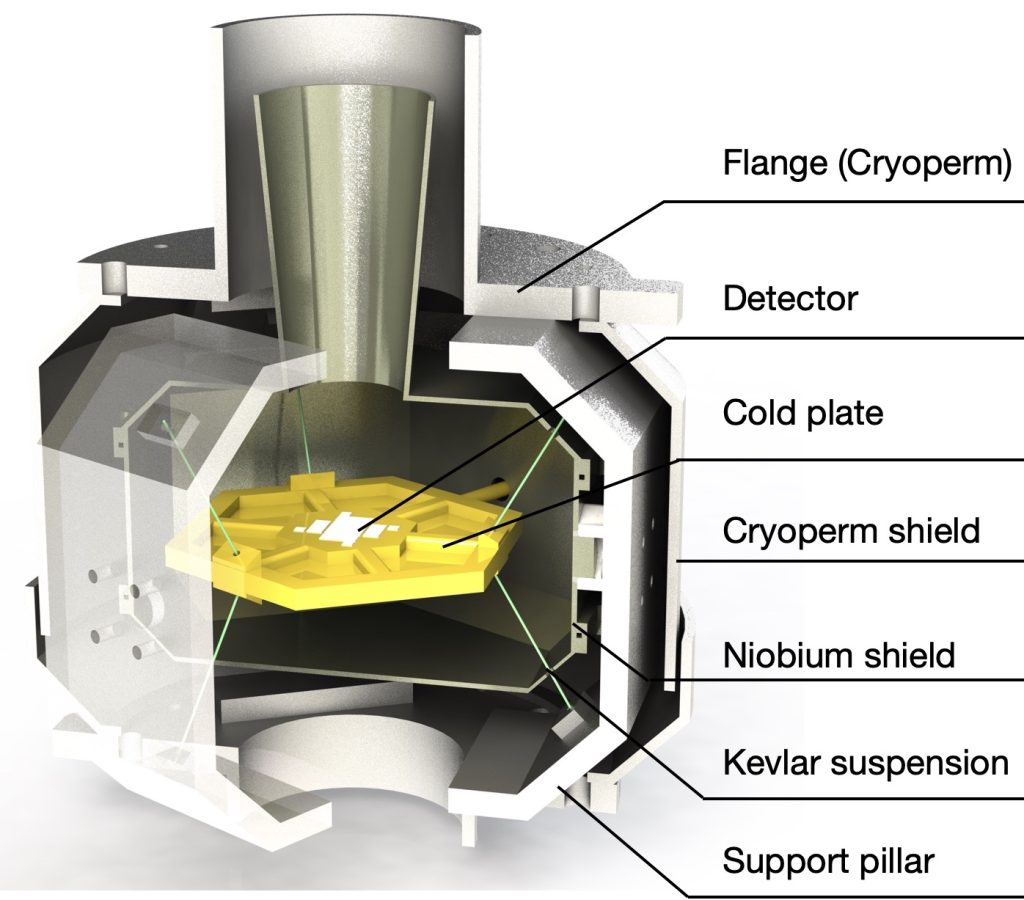Transition Edge Sensor Microcalorimeter
Microcalorimeters Based on Transition-edge Sensors
The core of the DIXE payload is a high-resolution, high-sensitivity soft X-ray imaging spectrometer, which will utilize a microcalorimeter technology based on transition-edge sensors (TESs). Microcalorimeters measure the energy deposited by each incoming X-ray photon, offering higher throughput and efficiency compared to dispersive X-ray gratings. TES microcalorimeters employ superconductors that biased in the superconducting transition region as a thermistor to measure the temperature rise caused by the incoming photons. Due to the sharp superconducting transition curve, they have a higher temperature sensitivity compared to traditional semiconductor thermistor. This allows them to achieve energy resolution that is an order of magnitude better than the best X-ray CCDs in the soft X-ray band. Therefore, they have also been selected as detectors for next-generation X-ray satellites such as HUBS and Athena.

Detector Assembly
The detector assembly (DA) contains the transition edge sensor (TES) microcalorimeter and readout electronics based on the superconducting quantum interference device (SQUID) on the cold stage. The cold stage is thermally connected to the ADR stage, and a Kevlar suspension is used to stabilize and isolate it from the 4 K environment. TES and SQUID are both sensitive to the magnetic field, so a hybrid shielding structure consisting of an outer Cryoperm shield and an inner niobium shield is used to attenuate the magnetic field to B < 1 µT. In addition, IR/optical/UV photons can produce shot noise and thus degrade the energy resolution of the TES microcalorimeter. A blocking filter assembly is designed to minimize the effects. In it, five filters are mounted at different temperature stages, reducing the probability of IR/optical/UV photons reaching the detector through multiple reflections between filters and absorption.


